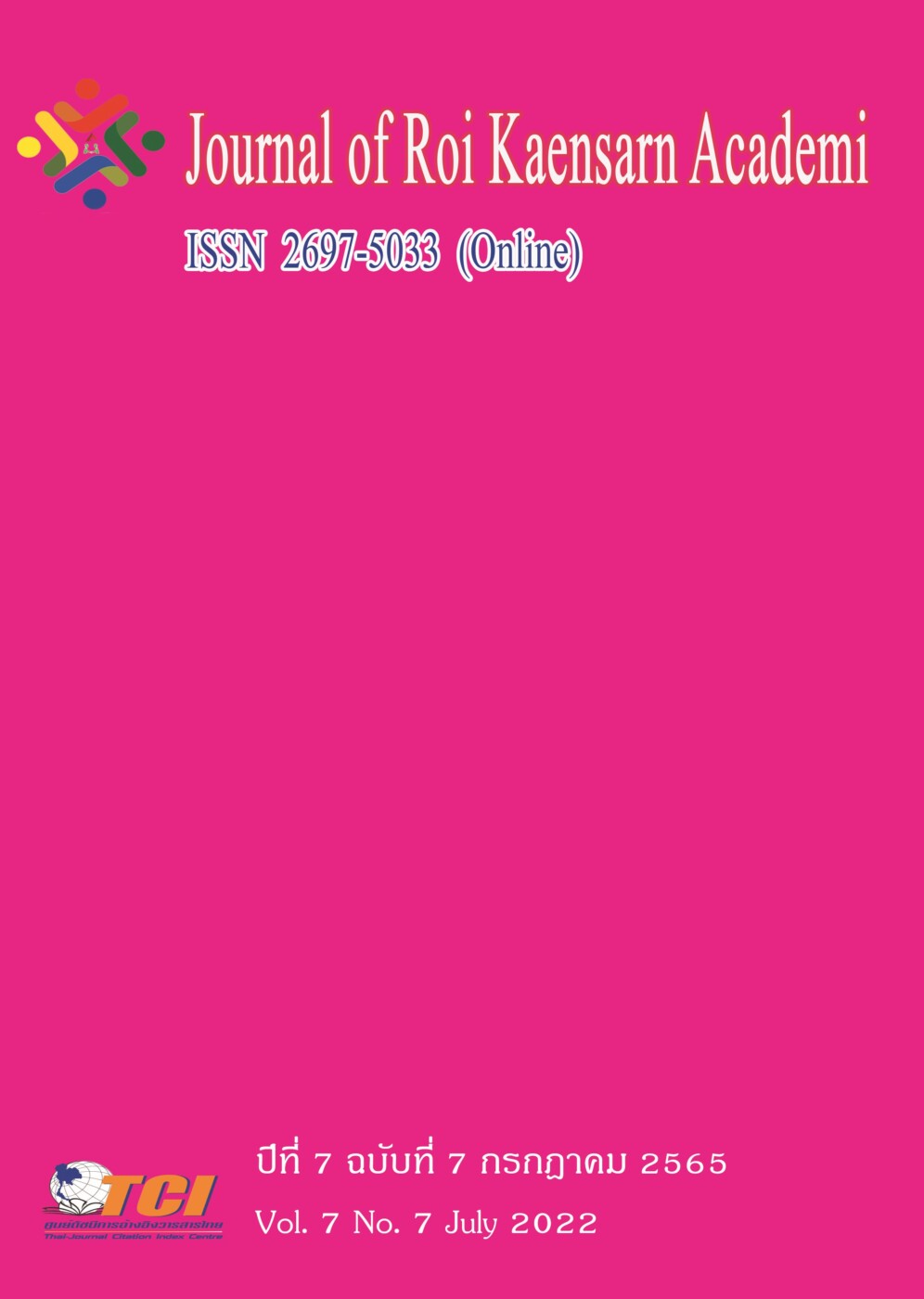Abstract
Thailand is currently facing significant disparities in wealth and multiple dimensions of child health. This study aims to describe the health status of Thai children and analyze economic and social inequalities using ดัชนีความเจริญรุ่งเรืองของเด็ก (Child Flourishing Indexthe Child Flourishing Index, a tool designed to assess child well-being in alignment with relevant Sustainable Development Goals (SDGs).SDGs) ที่เกี่ยวข้อง
This study utilizes data from the Thailand Multiple Indicator Cluster Survey 2019 (MICS 2019) Thailand Multiple Indicator Cluster Survey 2019 (MICS 2019) to examine five key indicators in which Thailand has not yet achieved satisfactory outcomes. The relationship between socioeconomic status and these five indicators is then analyzed using logistic regression,logistic regression), การเปรียบเทียบค่า pseudo R-squared, และการวิเคราะห์ population attributable fraction
. Economics and Social factors such as Household wealthiness, level of Urban development, level of Education, and Internal household language communication was significantly associated with the health of Thai children, with findings indicating that
- More than 10% of children under the age of five in Thailand experience stunting and low birth weight.
- Additionally, 14% of adolescent girls have already been pregnant and become mothers.
- Risk factors associated with undernutrition and low birth weight include:
- Living in poor households
- Residing in rural areas
- Having a household head whose primary language is not Thai
- Having a household head who does not practice Buddhism
- Having a household head with a low level of education
- Interestingly, having a household head whose primary language is not Thai was found to be a protectiveprotective factorfactor against adolescent pregnancy and early marriage.
- Households with stronger economic and educational status provided significant benefits for the health of both children and women.
Recommendations: The findings of this study underscore the urgent need for public policies and multisectoral actionsmultisectoral actionsto address the social determinants that influence child health and to break the cycle of intergenerational disadvantage. Additionally, social protection programs should be designed to be inclusive and accessible to the most vulnerable and marginalized populations.
Keywords Child health Women’s health Inequality Thailand MICS SDGs Child Flourishing Index
Author อรรถัย วลีวงศ์ (Orratai Waleewong) ขนึงนิจ เยื่อยาย (Khanuengnij Yueayai)
Methods: การทบทวนเอกสาร (Documents review)
Journal International Journal of Environmental Research and Public Health
Year: 2022
For more information please click: https://pmc.ncbi.nlm.nih.gov/articles/PMC9603103/




